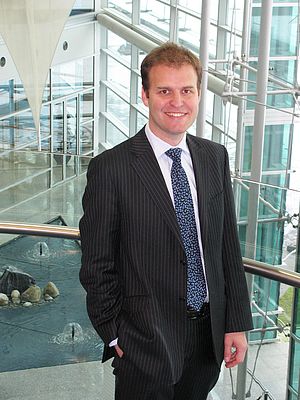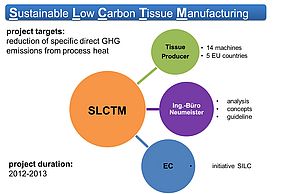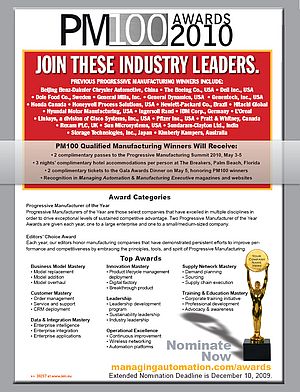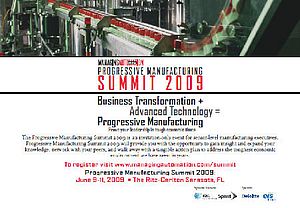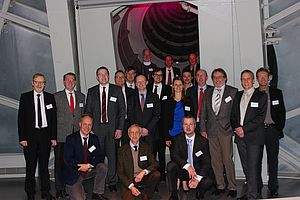Dr. Anibal Reñones, Researcher, Centro Tecnológico CARTIF
The current socio-economic situation calls for a more sustainable use of resources. By 2020, EU greenhouse gas emissions must be reduced by 20% and the use of renewable energy must be increased by 20%, compared to 1990 levels. This is especially important for the Industry sector, which is responsible for nearly 25% of final energy consumption in Europe (1) (one quarter constituted by electricity) and 40% of total energy-related CO2 emissions (2). Industry has to tackle the challenge of a more efficient use of material and energy resources, while at the same time maintaining productivity.
Industry is therefore at centre stage of the new growth model for the EU economy as outlined in the Europe 2020 Strategy (3).
Some European directives like the 2009/29/EC(4) proposed a revision of the Emission Trading System (EU ETS) and various measures to reduce the risk of carbon leakage (i.e. the delocalisation of industrial production and emissions to countries outside the European Union due to increased production costs in Europe) like:
- Adequate emission benchmarks;
- Free allocation of allowances to affected installations;
- An effective carbon equalisation scheme.
But Europe needs to improve its international competitiveness by being able to speed up transition to a low-carbon and resource-efficient economy in many sectors like the energy-intensive industries such as steel, non-ferrous metals, paper and the chemicals industry, and other less energy-intensive industries like food and drink, textile, machinery, automobile, and others. These non-energy intensive industries are increasing more and more their weight in energy consumption in developed countries.
Energy efficiency 2.0 vs Cost Cutting
In this situation emerging concepts such as Energy Efficiency 2.0 are gaining attention and inspiring the evolution of ideas, practices, and technologies in different sectors like manufacturing:
- Sustainability enabled scheduling: Through simulation tools and control systems, the ability to match production scheduling and energy sourcing in an optimal way.
- Factories as prosumers: Factories as a smart grid element that consume, produce, and store energy in an intelligent way.
- Local sourcing: Electricity is lost in transmission. Supply chains distances matter. People must get to and from their place of work.
Facility design, operations, and production processes will become better integrated with their surroundings and environment to make more optimal use of energy and material resources. Renewable energy technologies and sustainable manufacturing concepts are not widely integrated into plant operations. EU manufacturing must take the step from “energy and resource auditing” to “energy and resource saving”.
From BAT installation to process integration
According to the International Energy Agency2, although the energy efficiency in industry has improved in the past years, there is room for additional improvements by applying the so-called best available technologies (BAT). According to this same source, If BAT were applied on a larger scale, industrial energy consumption could be reduced by 20-30%. There is an important available portfolio of renewable energy technologies for the industry: wind turbines, photovoltaic panels, solar collectors, biomass, geothermal, etc. However, what is needed to achieve widespread deployment? It can be said that main barriers to the integration of RES are:
- Sustainability is not a traditional manufacturing performance metric
- Lack of knowledge in the process of managing sustainability investments
- Avoidance of initial investments for longer term benefits
- Lack of an integrated approach to the deployment of RES (Renewable energy sources ) and energy sourcing in the manufacturing sector
- RES technologies highly depend on climatic and seasonal conditions.
- Lack of enough case study examples to follow
Holistic approach for decision-making
In the manufacturing environment, most factory buildings contain complex processes which are treated from an energy perspective as standalone devices. This ignores the way in which their energy flows might be integrated with each other or with the factory environment. In order to take the best informed decisions about energy efficiency measures for the factory, it is needed to have the capability of holistic simulation. This capability involves the interaction between the following elements:
- Technical building services and building climate.
- Production machines and material flow.
- Production management: production planning and scheduling.
With this holistic approach and if the energy data from the different processes is collected and analysed with respect to the production requirements, it is often possible to identify opportunities for significant energy reduction. Such opportunities can be expressed as tactics such as demand management, energy cascading or local generation using renewable energy technologies (RET). It is advisable to look into the factory first, for renewable resources: waste heat, waste products usable into other manufacturing processes.
When it comes to the final decision of what technologies must be installed in the factory, the sustainability should be taken into account. That is, take a step further than just the evaluation of purchase price and the ROI. The total costs must be evaluated. Methodologies like Life Cycle Costing (LCC) well developed, but poorly deployed in practice, should help in this final decision-making process. LCC takes into account not only the initial costs but the energy costs, operation, maintenance, down-time and environmental costs. Due to the fact that this evaluation must be done for the useful life of factories and their associated installations, there will be uncertainties that cannot be simply ignored. They must be taken into account and provide the set of possible choices with fewer risk (5).
- Energy, transport and environment indicators, Eurostat, 2011, doi: 10.2785/17571
- Energy technology transitions for Industry, International Energy Agency, 2009
- http://ec.europa.eu/europe2020/index_en.htm
http://eur-lex.europa.eu/LexUriServ/LexUriServ.do?uri=OJ:L:2009:140:0063:0087:EN:PDF
Jan Emblemsvåg, Life-Cycle Costing: Using Activity-based Costing and Monte Carlo Methods to Manage Future Costs and Risks, John Wiley & Sons, 2003.




